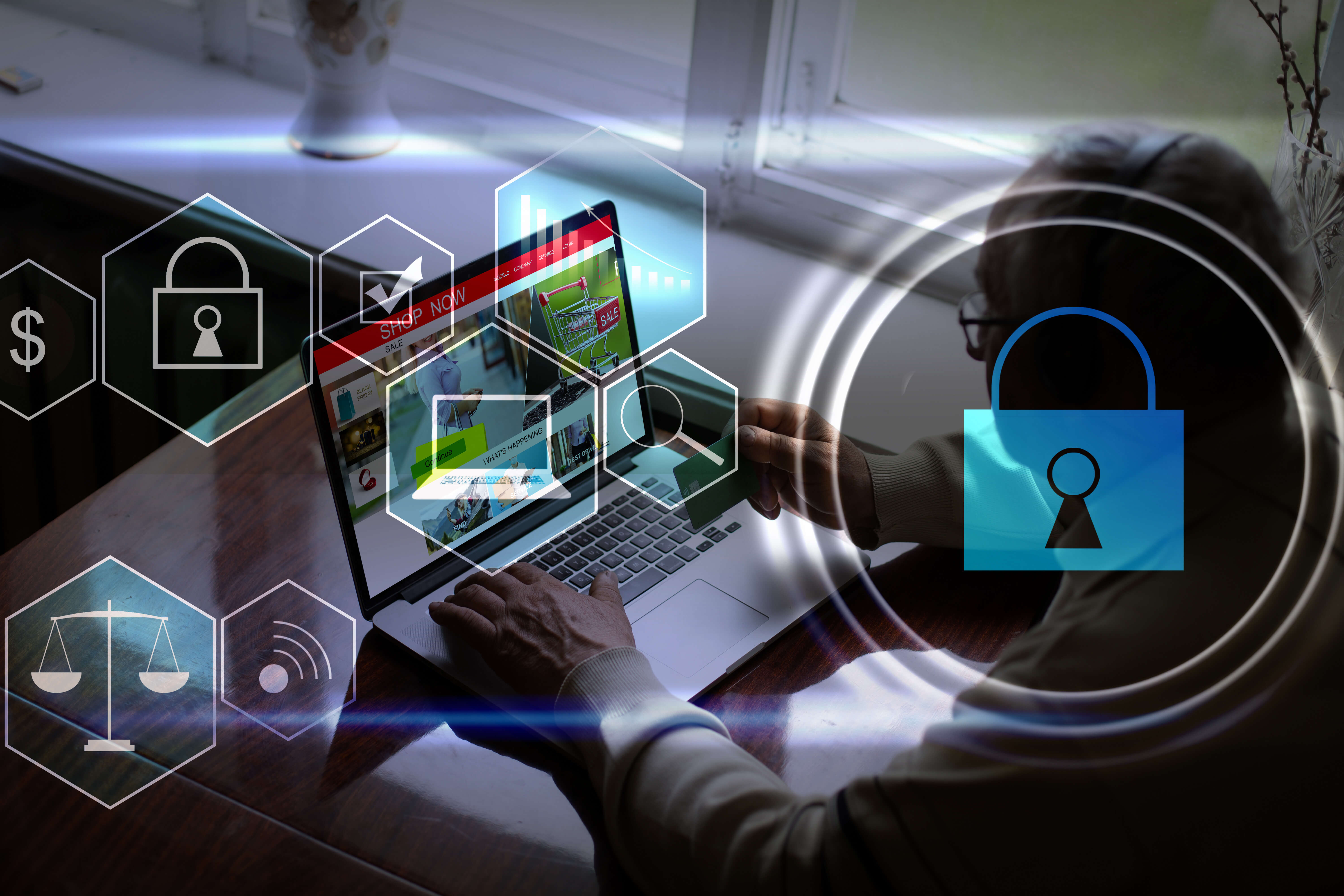Best Cybersecurity Tips for Remote Workers
Date: 21 June 2021

Remote working and cybersecurity risks, unfortunately, go hand in hand. As the COVID-19 pandemic appears to be far from over, cyber threats to individuals and businesses continue to loom large. The only solution at the moment is to invest in robust technology solutions that protect your network and to train employees in cybersecurity so that they develop healthy remote working practices.
If you allow a bulk of your employees to work remotely, it is important to adopt a few basic habits to protect your devices and your business network from cyber criminals.
Here’s a quick look at a few basic tips for remote workers that can go a long way in enhancing the overall security posture of your organisation.
You can also download our remote working cyber security checklist for more details.
1. Choose Strong Passwords
Passwords provide the first line of defense against unauthorized access to your devices and personal information. By creating a strong, unique password, you increase protection levels tremendously. You make it more challenging for cybercriminals to gain access and disrupt your systems networks.
Here are a few things to consider when creating a new password:
- You should avoid using common words and character combinations in your password. Be aware that phrases like “mypassword”, simple digit combinations like “1234”, predictable character sequences like “qwerty” – are terrible password choices.
- Opt for longer passwords – make sure to use at least eight characters. If your password includes three random words, a few digits, and a few symbols – that’s a perfect combination.
- Don’t use the same password across different accounts and platforms. If you find it challenging to remember lots of different passwords, use a password manager. This is one of the most basic security measures you can put in place yourself to protect your personal and business data from cyber attacks.
2. Install Updates
Rule number two is never to ignore those little pop-up windows that tell you that software updates are available for your device. Once you get such a notification, be sure to install the latest software as soon as possible. Timely software updates (including antivirus updates) help patch security flaws and safeguard the computer system.
Are you busy with your work and don’t like to be distracted by such notifications? We highly suggest you encourage your employees to select auto-update for software on both mobile devices and computers. It will help you and your staff to prevent problems caused by delayed system updates.
3. Write a remote work policy for your team
If you are a remote team leader or business owner, it is imperative that you create a strong remote working policy to help your team with risk management. You could also consider providing them training in cyber incident response to deal with any cyber incidents that may occur.
You need to cover the following topics:
- Compliance requirements
- Information systems security
- Data protection
- Remote access control
- Backup and media storage
- Information disposal
- Alternative work sites
If you are unsure about how to write a remote working policy, you can delegate this task to professionals or opt for writing websites such as Supreme Dissertations. Writers with a background in cybersecurity will provide your team members with guidelines on how to secure remote workplaces.
The Covid-19 outbreak has led to a significant rise in phishing email scams. In the first month of the coronavirus lockdown, the number of phishing emails sent globally increased by 667%.
What is a phishing email exactly? It’s the kind of email that includes an attachment or embedded link that the scammer wants the user to click on. That click could unleash malware onto the user’s device and cause system disruption.
As a remote worker, you should be careful about clicking on attachments or links in any email that looks suspicious to you. Here is how you can detect phishing email:
- Don’t trust emails sent from a public email domain like @gmail.com and @yahoo.com. Remember that every legitimate organization has its own email domain and company accounts. For example, legitimate emails from LinkedIn include “@linkedin.com”.
- Check whether the domain name is spelled correctly.
- Spot grammatical and spelling errors in the text. As a rule, phishing emails are poorly written.
- Don’t open attached files you didn’t expect to receive. For instance, if you have received an email with an attached PDF file that claims to be an invoice from a person you are not familiar with, don’t click on it.
- Don’t trust messages that create a sense of urgency. Scammers tend to use this psychological trick to make people click malicious links.
- Use secure email providers for data and communication protection.
Do you work in a multicultural remote team? If you get used to working with non-English native speakers, the chances are you will get used to emails that are not perfect in terms of grammar. And it might be challenging for you to distinguish phishing emails from emails sent by your co-workers.
What can you do to fix this problem? If you are a remote team leader, encourage team members to use online grammar checkers like TrustMyPaper. This way you will help your team to improve their writing and make it easier for the overall organisation to spot phishing emails.
5. Turn on VPN
Do your employees access your network through a virtual private network (VPN)? If so, you should instruct them never to turn off the VPN as an essential part of network security. A VPN is designed to secure information transmitted between employers and remote employees through data encryption. Read our blog on VPN protection to know more.
While you keep the VPN turned on, you secure your network from hackers and cyber spies who can intercept sensitive data, such as financial documents and customer data. Whether your remote workers work from home or a local coffee shop, staying signed into the organisational VPN is imperative to secure all important information.
6. Keep your devices separate
If your employees use a device provided by the business, make sure that they use it only for work. Encourage them not to use it to watch their favorite TV shows on Netflix or buy tickets for vacations – things that can be done on personal devices. And vice versa is true too. Don’t use your personal tablet or PC for work because it lacks proper security.
By following this simple rule, you will minimize cybersecurity risks and prevent sensitive business data as well as your personal data from being stolen.
The number of cyberattacks is growing day by day. And you should put some extra effort into safeguarding the security of your business networks and devices. Following the basic tips suggested above can go a long way in protecting your business from cyber crime in the era of remote working.
Further bolstering your security posture through regular cybersecurity audits and breach readiness assessments as well as regular cyber incident response training for your staff, can go a long way in securing your cyber defences further.
If you’d like more information on our Cyber Crisis Tabletop Exercises click here or call us on +44 (0) 203 189 1422 or email us here.





